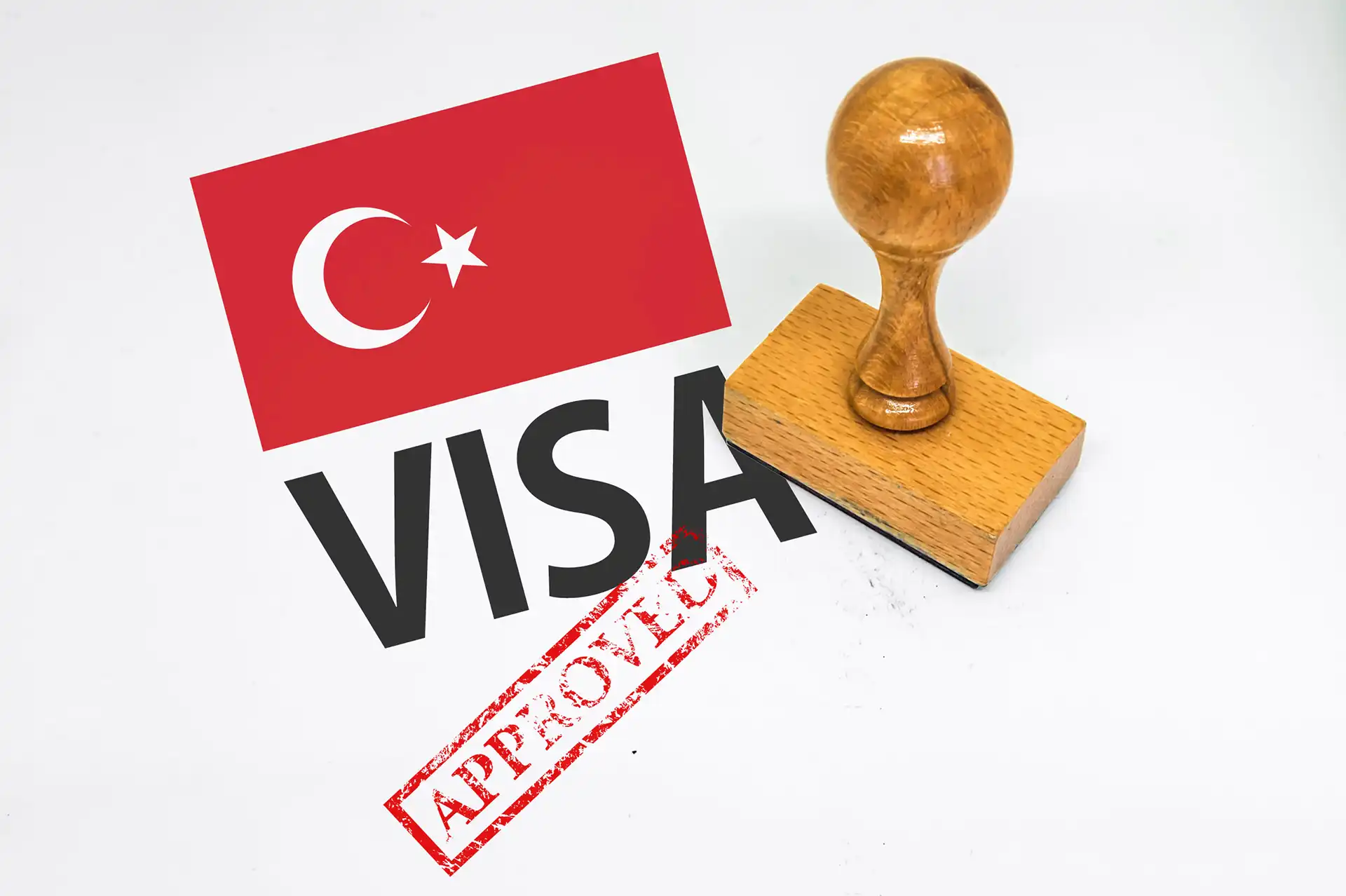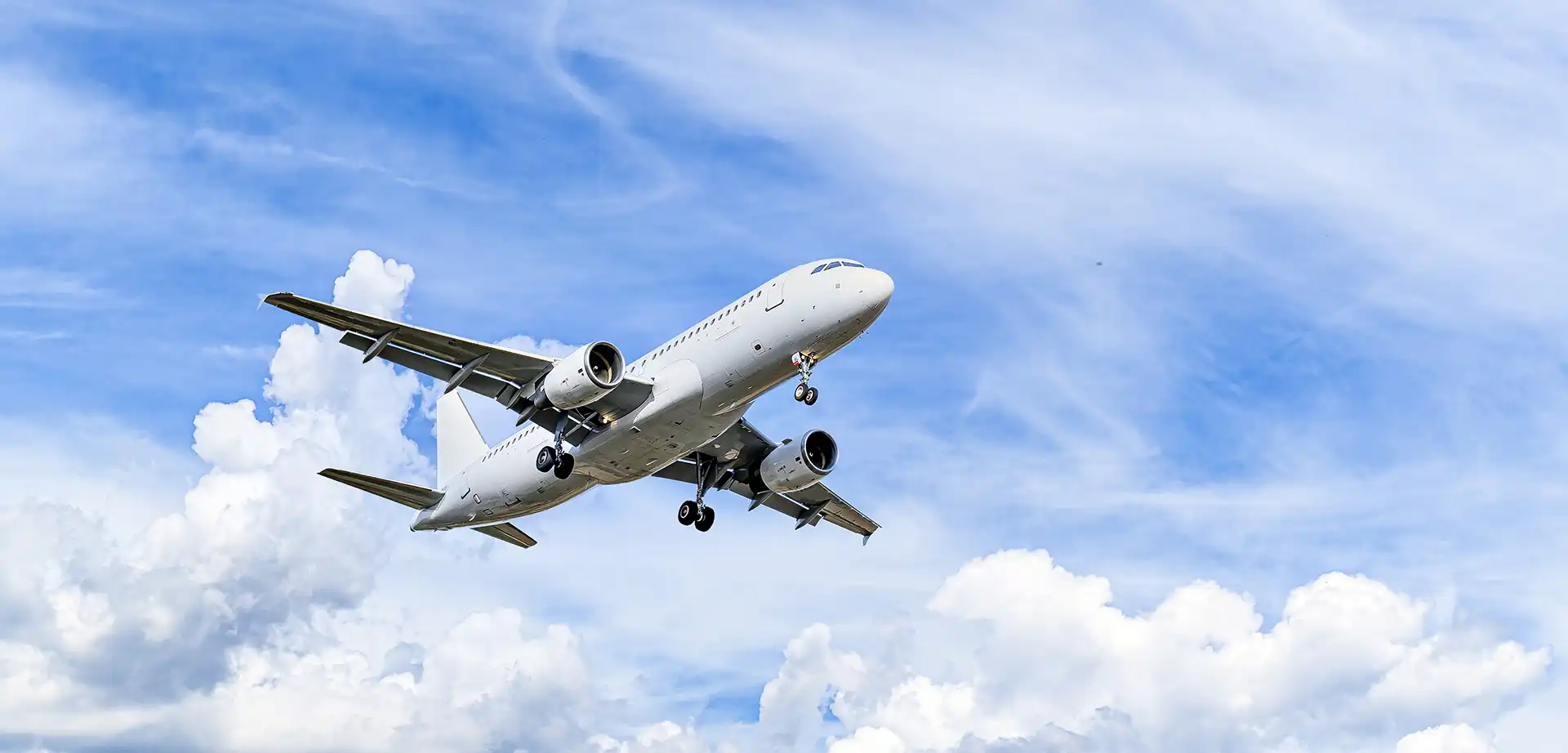

Papua New Guinea
Papua New Guinea passport ranking
The Papua New Guinean passport is currently ranked 58th place on the Guide Passport Index. It provides visa-free access to 83 countries. This grants it an overall medium mobility score. Papua New Guinean passport holders have visa-free access and visas on arrival to countries such as Singapore, United Kingdom, Canada, Kenya and Israel. Papua New Guinean citizens require a visa to enter about 146 destinations. This high visa requirement results in a low mobility score and entails major trip preparations before traveling. Some destinations where a visa is required are Taiwan, the United States and entire European Union.
Papua New Guinea Passport Ranking
The Papua New Guinea passport ranking relative to other global passports is calculated by adding up the number of countries that allow Papua New Guinea passport holders to enter without a visa (i.e. visa-free countries) and those that allow Papua New Guinea passport holders to enter by obtaining a visa on arrival (i.e. visa-on-arrival countries) or an electronic travel authorization (eTA). There are currently a total of 49 Papua New Guinea passport visa-free countries, 29 Papua New Guinea visa-on-arrival countries, and 5 eTA destinations.
Altogether, Papua New Guinea passport holders can enter a total of 83 destinations—either without a visa, through a visa on arrival, or via an eTA. As a result, the Papua New Guinea passport ranks 58 in the world.
Separate from these Papua New Guinea visa-free countries and visa-on-arrival countries, there are 146 additional destinations which Papua New Guinea passport holders either need a physical visa to enter or an eVisa (i.e. visa required countries).
About Papua New Guinea
The Independent state of Papua New Guinea is a former British colony consisting of 22 provinces. The most important provinces are Morobe, Eastern Highlands and Southern Highlands. The country is an island nation situated in the South Pacific Ocean and bordering Indonesia. It has a surface area of 462,840 square kilometers. The country’s terrain consists of mountains and coastal lowlands. Its climate is tropical marine with only slight seasonal temperature variations and two monsoon seasons.
The overall population is approximately 8.9 million people. The capital of the country is Port Moresby, which is also the most populous city with 383,000 inhabitants. Other important cities are Lae and Arawa. The country’s largest international airport is Jacksons International Airport (POM) with 1.4 million annual passengers. The airport provides access to destinations in Oceania and domestic islands and is home to the national carrier Air Niugini.
Papua New Guinea is dominated by more than one thousand different cultural groups living in different parts of the country. The highest percentage religion is Protestantism. The official languages are Tok Pisin, English and Hiri Motu. The Papua New Guinean legal system is based on the English common law and customary law. The government form is a parliamentary republic under a constitutional monarchy represented by the chef of state is Queen Elizabeth II. The head of government is the elect Prime Minister James Marape.
The official currency is the Papua New Guinean kina (PGK), which has a current exchange rate of PGK 3.5 per USD. The country has an open economy, generating a GDP of approximately $32.3 billion, making it the 3rd largest economy in Oceania. Its citizens have a per capita income of $3,764. The GDP is mostly made up of the services, agriculture and industry sector. Papua New Guinea has a variety of natural resources in plentiful quantities, it is however very difficult to extract them due to the rugged terrain. The country’s main exports are gold, copper, palm oil and coffee.
The country is filled with a variety of natural tourism attractions. It is known for its vast beaches, nature and has one UNESCO world heritage site. Some of the major destinations include the National Museum and Art Gallery, the Varirata National Park, the Rainforest, the Tari Basin Muschu Island and the capital Port Moresby. The main tourist activities are fishing, scuba diving, watersports, surfing and hiking. The island nation has a total of approximately 200,000 tourists visiting every year with the majority originating from the neighboring countries.




























